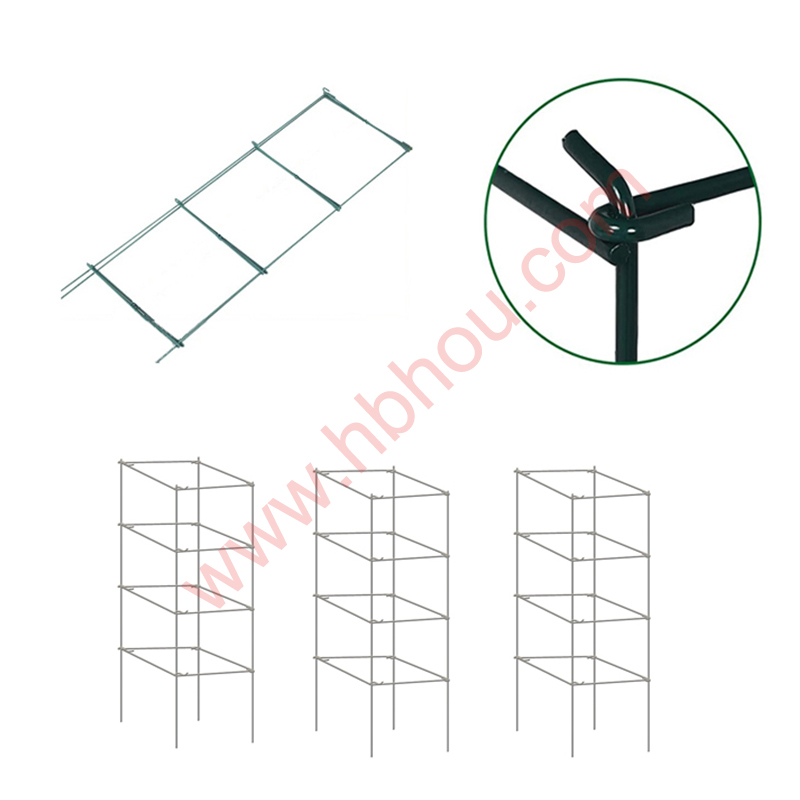The Benefits and Construction of Gabion Rock Retaining Walls
Gabion rock retaining walls are an increasingly popular choice in both commercial and residential landscaping projects. These structures, made from wire mesh cages filled with stones, offer a variety of advantages, including aesthetic appeal, durability, and effective erosion control. In this article, we will explore the key benefits of gabion walls and provide an overview of how they are constructed.
Understanding Gabion Walls
Gabion walls derive their name from the Italian word gabbione, meaning large cage. Essentially, they are constructed using a series of wire mesh baskets filled with rocks or other materials. The primary function of these walls is to retain soil and prevent erosion, but they also serve as decorative features, blending harmoniously with natural landscapes.
The stones used in gabion walls can vary widely, from small pebbles to larger boulders, depending on the design preferences and structural requirements. The wire mesh can be made from different materials, such as galvanized steel or PVC-coated wire, to ensure long-lasting performance and resistance to environmental elements.
Advantages of Gabion Rock Retaining Walls
1. Erosion Control One of the main advantages of gabion walls is their effectiveness in controlling soil erosion. By providing a stable barrier, they help prevent soil from washing away during heavy rains or flooding. The voids between the stones allow for drainage, reducing water pressure build-up behind the wall, which minimizes the risk of failure.
2. Flexibility in Design Gabion walls are highly adaptable in terms of design. They can be built to various heights and shapes, allowing for creativity in landscaping. Homeowners can choose to stack the baskets in a straight line for a classic look or in curves for a more organic appearance. The fill material can also be customized, accommodating different stone types and colors to enhance aesthetic appeal.
3. Environmentally Friendly Gabion walls are considered environmentally friendly due to their use of natural materials and the minimal impact they have on the surrounding ecosystem. Using local stones reduces the carbon footprint associated with transporting materials. Additionally, the permeable nature of gabion walls allows water to pass through, promoting natural drainage and preventing waterlogging.
4. Cost-Effective Solution Compared to traditional concrete retaining walls, gabion walls are often more cost-effective. The materials required are relatively inexpensive, and the simplicity of construction reduces labor costs. Furthermore, the durability of gabion structures means they require less maintenance over time, making them a long-term investment.
gabion rock retaining wall

5. Wildlife Habitat Gabion walls can also contribute positively to local wildlife. The spaces between the rocks can provide habitats for small animals, insects, and plants, promoting biodiversity. Additionally, if vegetation is allowed to grow over time, these structures can blend seamlessly into their natural surroundings.
Constructing Gabion Rock Retaining Walls
Building a gabion wall involves several steps
1. Planning and Design Before construction begins, it is essential to plan the design of the wall, considering height, length, and the types of materials to be used. It is also crucial to assess the site conditions, soil type, and drainage patterns.
2. Excavation The area where the wall will be built should be excavated to create a level foundation. This base ensures stability and prevents any shifting over time.
3. Setting Up Wire Mesh Baskets Once the foundation is prepared, wire mesh baskets are assembled in the desired shape. The cages can be bolted together for added stability.
4. Filling the Baskets The baskets are filled with stones, ensuring that they are packed tightly for structural integrity. It is important to choose the right size of stone for the selected mesh to prevent any gaps.
5. Finishing Touches After filling, the baskets are closed, and any additional layers or courses can be added as needed. Finally, the area around the wall can be landscaped to enhance the overall appearance.
Conclusion
Gabion rock retaining walls offer a practical and aesthetically pleasing solution for erosion control and landscaping needs. With their flexibility in design, cost-effectiveness, and environmental benefits, these structures are well-suited for various applications. Whether you're looking to create a natural barrier against soil erosion or simply enhance your garden, gabion walls are a worthy consideration for your next project.
















